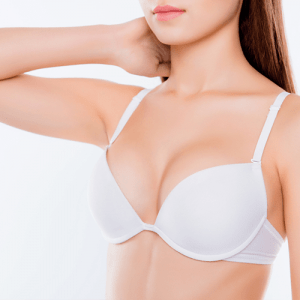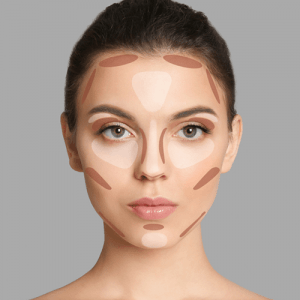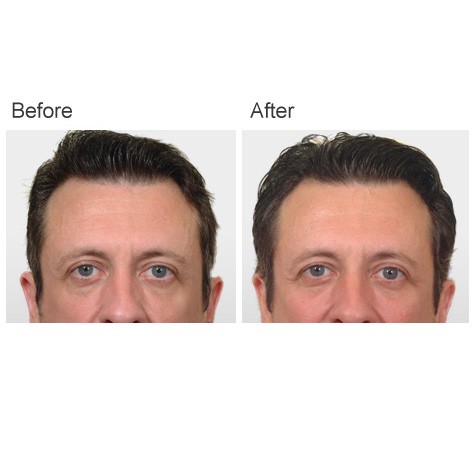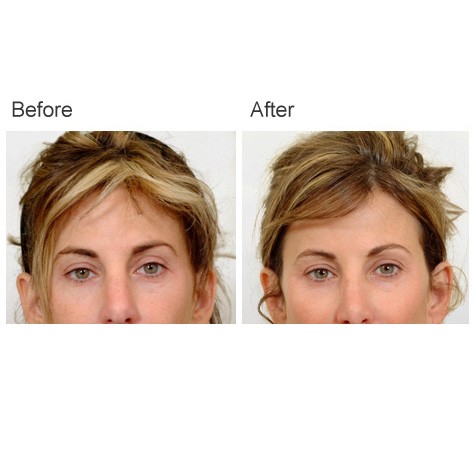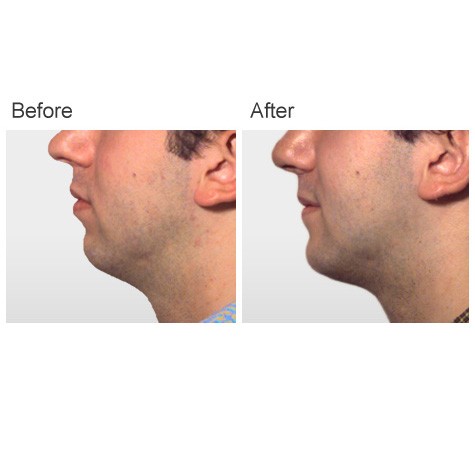Cheek & Chin Implants
Facial harmony is the sum of a number of factors beginning with the skeleton, then influenced by the muscle, fat, and cartilage under the skin, and finally by the skin itself. In trying to achieve as attractive a face as possible, analysis of the projections and contours created by these structures must be analyzed. This is done by direct physical examination, use of an imaging computer, and occasionally x-rays of the face.
Many studies have been published defining, by mathematical analysis of facial contour, what constitutes an “attractive” face. Although there are great variability and subjectivity in appreciation of facial beauty, there are numerical standards that are usefully applied to facial analysis when planning an operation to change facial features.
Frequently Asked Questions About Cheek & Chin Implants
Written and reviewed by:
This article was written by Dr. Vincent Zubowicz, who is board certified by the American Board of Plastic and Reconstructive Surgery. He practices medicine at his offices in Milton and Atlanta. Learn more about Dr. Zubowicz, his medical training, and credentials.

Dr. Vincent Zubowicz is one of the Atlanta areas top plastic and reconstructive surgeons. He is an expert in cosmetic surgery, with years of experience performing many plastic surgery procedures. He offers a personal, customized approach and is dedicated to helping patients achieve the most natural looking results.
Call our office at 470-462-2917 to schedule your consultation with Dr. Vincent Zubowicz.
Customer Reviews



